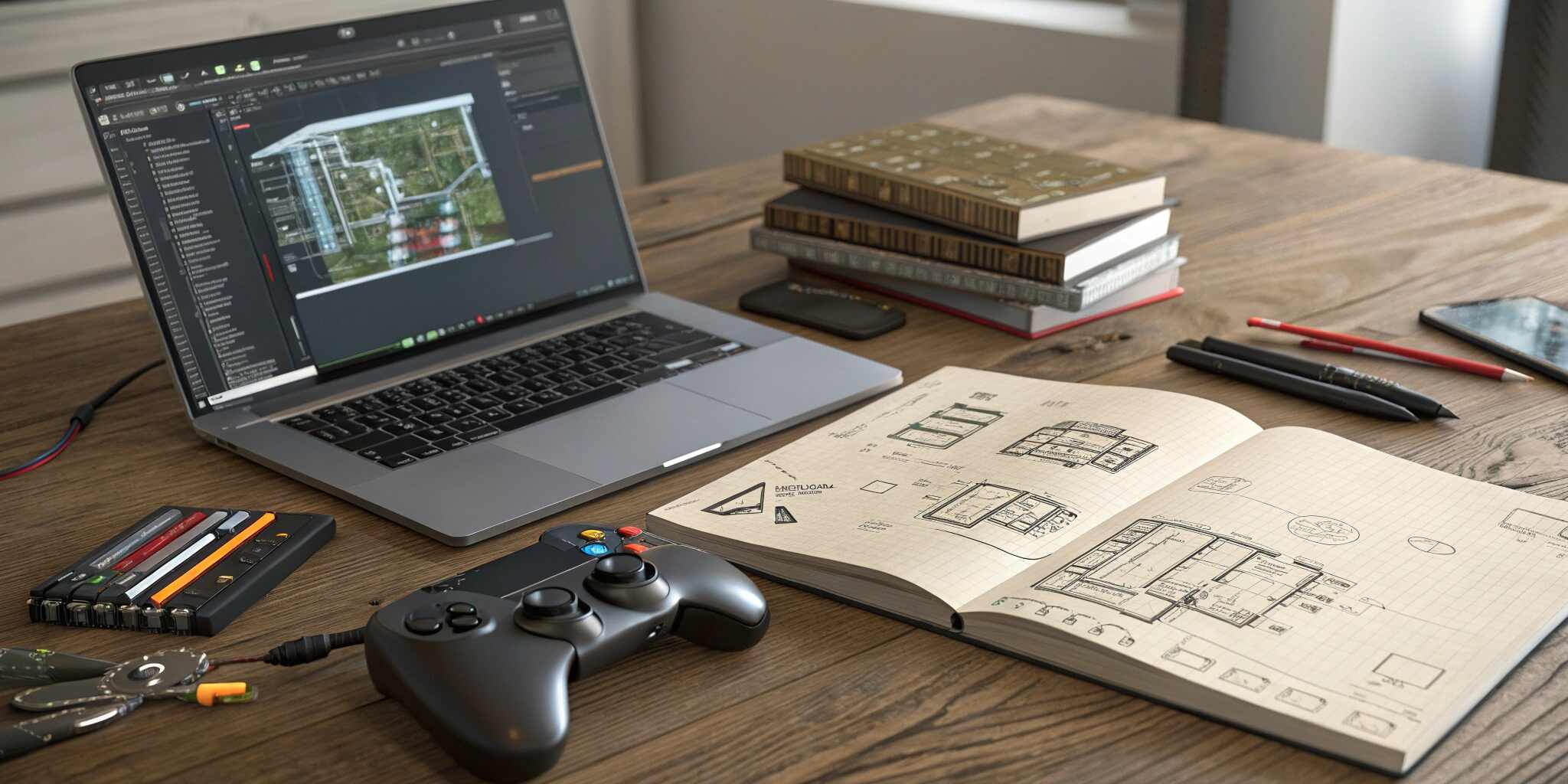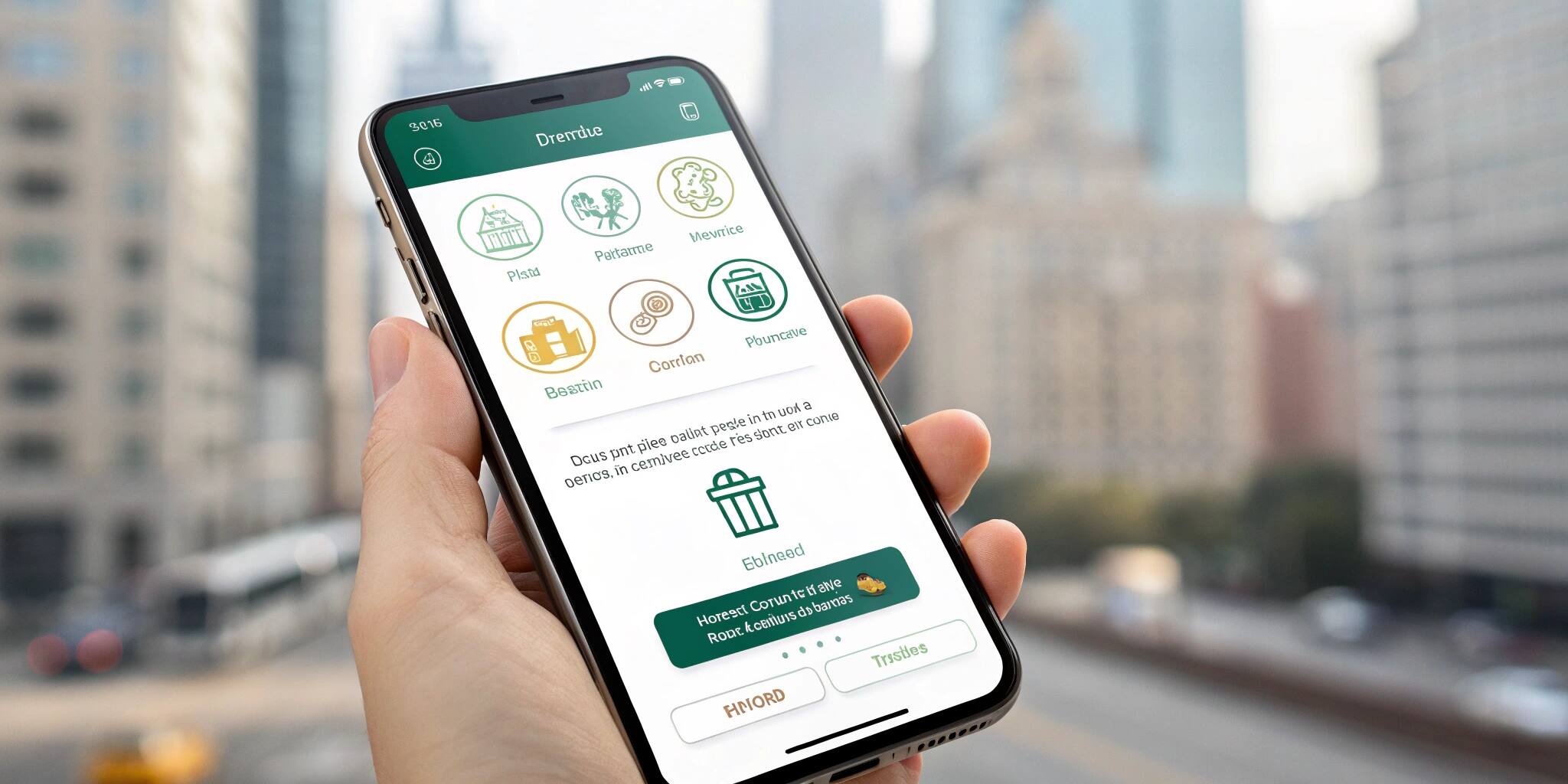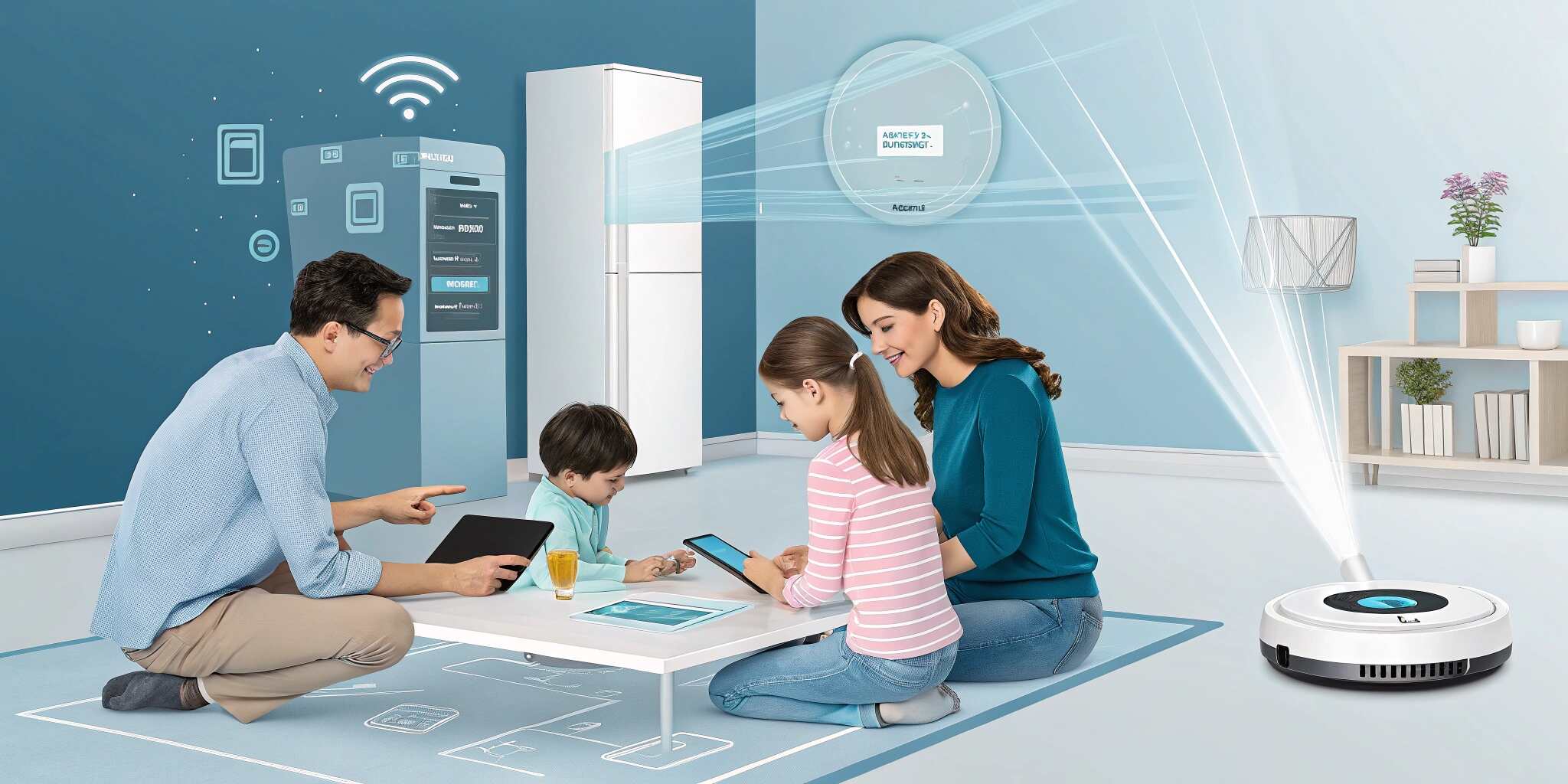In the competitive world of game development, your portfolio is your resume. Whether you're aiming for AAA studios, indie teams, or freelance gigs, a well-crafted portfolio shows off your skills and passion. In this post, we’ll guide you step by step on how to build a game development portfolio that gets noticed.
1. Define Your Focus
Are you a programmer, designer, 3D artist, or audio engineer? Your portfolio should reflect your specialization. Tailor the content and projects based on your desired role in game development.
2. Include Completed Game Projects
Nothing impresses more than finished games—even small ones. Include:
- Downloadable builds or playable links (e.g., itch.io)
- Screenshots and gameplay videos
- A brief description of your role and the tools used
Tip: A polished small project is better than a large unfinished one.
3. Showcase Code (If You're a Developer)
If you're applying for a programming role, add:
- GitHub links with clean, well-documented code
- Sample scripts with explanations
- Insights on algorithms, AI, or physics systems you implemented
4. Highlight Art & Design Work
For artists and designers:
- Include concept art, 3D models, animations, or level design layouts
- Use high-quality renders or in-engine screenshots
- Tools to mention: Blender, Unity, Unreal Engine, Photoshop
5. Add a Resume and About Section
Your portfolio should tell your story:
- Who you are
- Your skillset and tools
- Any relevant education or certifications
- A downloadable PDF resume
6. Choose the Right Platform
Host your portfolio on a platform like:
- Personal website (ideal for branding)
- Itch.io or ArtStation (for indie visibility)
- GitHub Pages (great for devs)
7. Write Devlogs or Case Studies
Writing about your process shows your problem-solving skills. Add blog posts or videos discussing:
- Challenges you faced
- How you overcame bugs or design issues
- What you learned
8. Include Contact and Social Links
Make it easy for studios to reach you. Include:
- Twitter/X or other dev communities
- Discord or portfolio-specific contact form
9. Keep It Updated
Your portfolio should grow with your skills. Keep adding:
- New projects
- New skills
- Updated visuals and code
Conclusion
A strong game development portfolio is more than just a collection of projects—it’s a reflection of your passion, skill, and professionalism. Focus on quality, clarity, and consistency to stand out in the industry.


